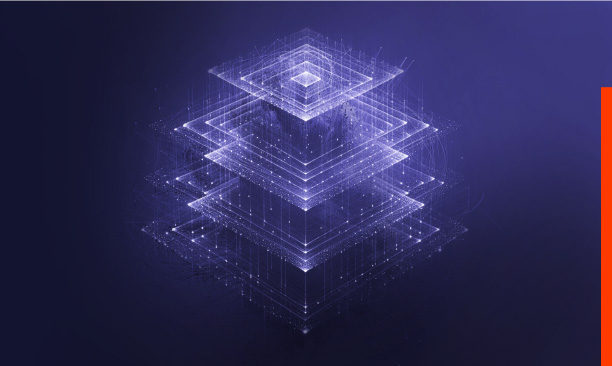By Gravity Stack Staff
At Legal Innovators California, Gravity Stack brought together leaders from Meta, Google, Coherent, and eBrevia to answer a question on everyone’s mind: how are in-house legal teams actually using generative AI?
We’ve already shared some of the big-picture takeaways. But the full conversation surfaced candid, practical insights that didn’t make the initial cut — and they’re worth a closer look. From real-world implementation hurdles to the internal workflows that are sticking, these moments offered a clear view of what’s working behind the buzz.
Here are three takeaways that stood out.
1. Innovation Has Moved Out of the Sandbox
Two years ago, AI conversations in legal were mostly hypothetical. Innovation teams ran experiments in controlled environments. The panel made it clear: that era is ending.
As Charlie Connor put it, “What we’re seeing is a move away from AI just being an innovation team thing or a tech team thing, and actually being something that’s being used by the people doing the work.”
Today, pilots are happening closer to practice groups. Matter teams are embedding AI tools directly into workflows to solve targeted problems. This shift is redefining how legal departments think about budgets, ROI, and success metrics.
2. Clean Data Unlocks Competitive Advantage
Kunal Tanwar from Google emphasized that data hygiene is emerging as a deciding factor in GenAI success. Teams with structured taxonomies and reliable information architecture are deploying models to extract real value. Those without are left testing generic outputs with limited business impact.
Charlie put it plainly: “If your data’s bad, you’re going to get bad output. There’s no escaping that.”
We’re seeing this in our client work every week. Before launching new AI workflows, departments are prioritizing data structuring projects to ensure tools operate on clean, consistent information.
3. Outside Counsel Relationships Are Quietly Being Redefined
Jacob Mundt of eBrevia described a shift in expectations: legal departments increasingly want transparency into how their firms use AI.
Charlie explained: “Clients want to understand your process. It’s not just about results anymore. They want to know how you got there, especially if AI was involved.”
That change is subtle but significant. Firms that treat AI as a back-office margin play risk alienating clients. Those that frame it as a driver of quality, transparency, and collaboration are strengthening partnerships and winning new work.
Why We’re Sharing the Full Panel
It’s clear GenAI is becoming part of how legal work is planned, delivered, and measured. But hearing directly from the leaders making it happen provides something vendor pitches can’t: grounded insight into what actually works.
That’s why we’re posting the full panel. Because the teams moving from pilots to practice are setting the pace for the industry, and there’s no better way to learn than to hear from them directly.
—
Follow Gravity Stack on LinkedIn legal innovation insights.






